The idea of the multiverse has at least two conceptually distinct sources in theoretical physics: quantum mechanics and cosmology. The many worlds of quantum mechanics are very different in terms of their nature and origin from cosmology’s multiverse. However, physicists have reason to believe that ultimately, these two distinct multiverses are in fact one and the same, writes David Wallace.
In big-budget science-fiction and fantasy franchises, the “multiverse” is a collection of universes – some quite like our own, some differing from ours only in the way some historical event played out or some person’s life unfolded, some vastly different and filled with strange wonders. But in the drier and more disciplined world of modern physics, “multiverse” means… well, pretty much the same, only without the prospect of easily moving from one universe to the next. The multiverse of physics is revealed more subtly, by hints hidden in our observations and our theories.
Or rather: the multiverses of physics are revealed more subtly. For remarkably, physics gives us not one but three different multiverses, and reasons to accept all three.
To see the evidence for the first multiverse for yourself, just look into the sky on a clear night. Points of light scattered across the sky are pretty, no doubt, but they make little difference to life here on Earth. And yet, astronomers tell us, the only way to explain those points of light, and the subtler patterns we see in the sky when we survey it with tools more sensitive than the naked eye, is to suppose that they are suns just like our sun, many with planets of their own, and that we are adrift in a Galaxy of a hundred billion stars, itself only one of a trillion galaxies in the observable universe. If our world, our solar system, is our universe, astronomy reveals a multiverse.
___
Consider that the observable universe – the part of the universe from which light can reach us – is only a small part of a yet larger, constantly expanding cosmos.
___
Does that seem like a cheat? If so, it is only because we are complacent about the astonishing size of the astronomical universe, and the status of our Solar System as just one among countless worlds. (The 17th-century Catholic church was not complacent: when Giordano Bruno suggested that the stars were other suns, they burned him at the stake.) But to make it seem more like a multiverse, consider that the observable universe – the part of the universe from which light can reach us – is only a small part of a yet larger, constantly expanding cosmos. While you have been reading this article, a star will have shone its last light upon Earth and moved so far away that no traveler, no signal, from Earth can ever reach it, even in principle. We don’t know how many other stars there are so far away that we can never see them – far more than we can see, for sure; infinitely many, perhaps. We have no direct evidence for those stars, and never will; we are confident they exist nonetheless because our best theories, supported by powerful evidence, tell us so.
This first multiverse, though, lacks some of the science-fictional features we associate with multiverses: where are the branching possibilities, the other versions of you and me just a little different from us? To find evidence for that kind of multiverse in physics, we need to look not up but in: to the microscopic world, as revealed by quantum physics.







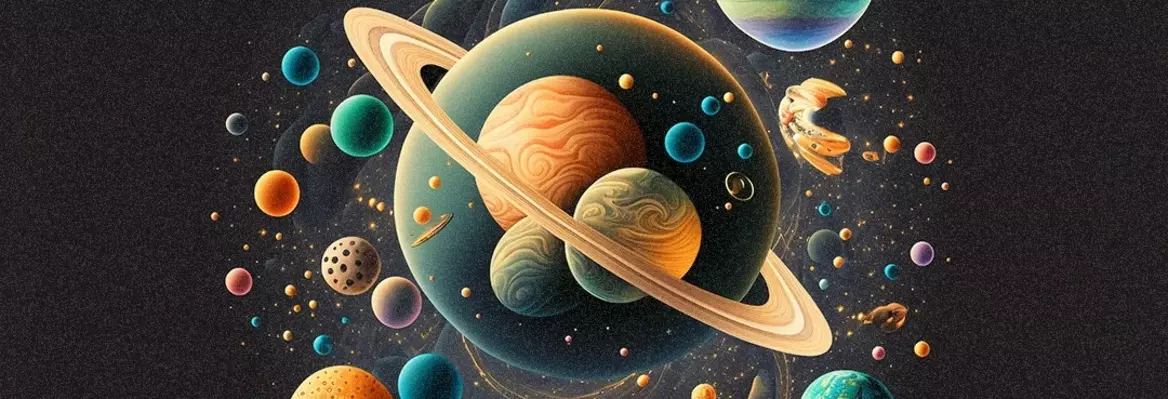



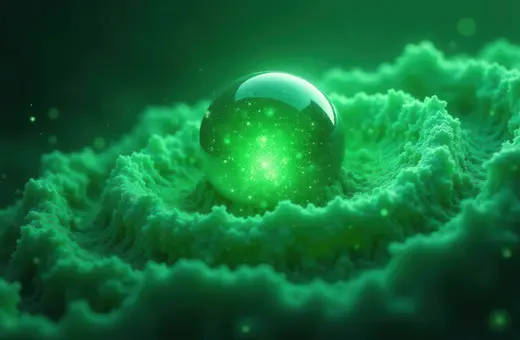
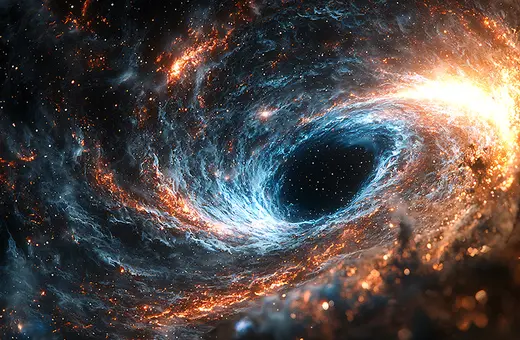

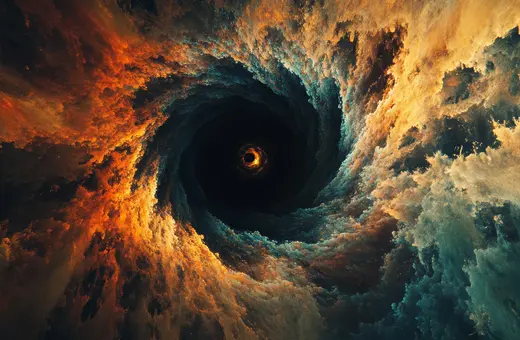


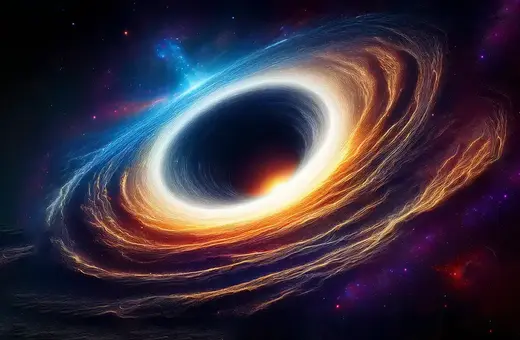



Join the conversation